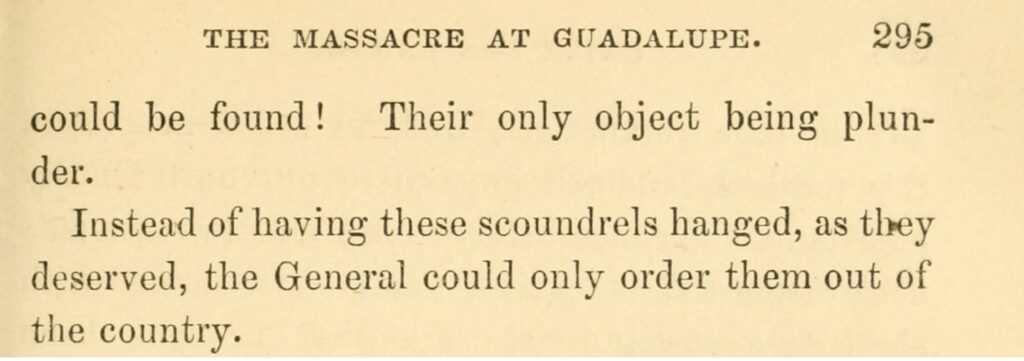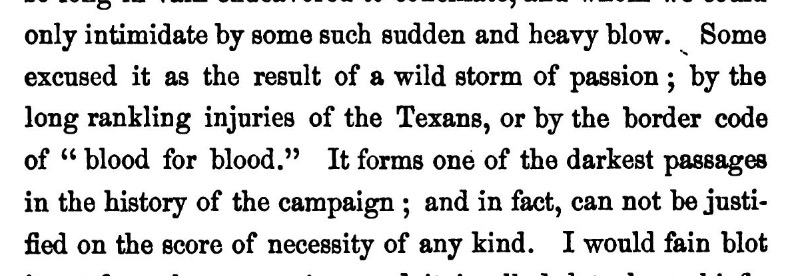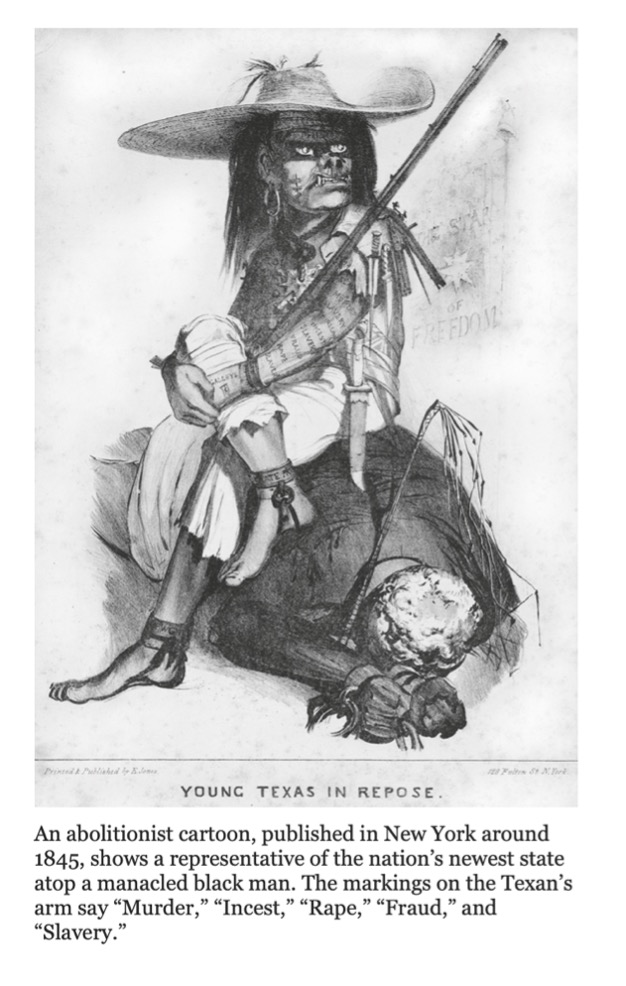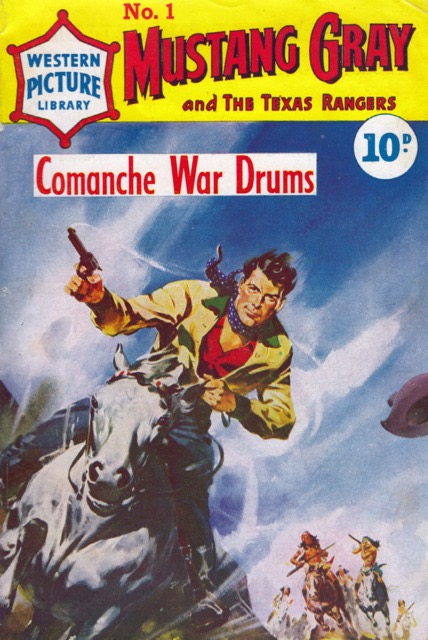In March 1847, in South Texas, a group of Texas Rangers under the direction of Marby “Mustang” Gray murdered the entire adult male population of a village. Supposedly, this was retaliation against “Mexicans” broadly for an attack on a US supply train by the Mexican army.

There were no guns or weapons found with the bodies of the 24 men murdered by the Rangers at Guadalupe ranch. They were unarmed at the time of their death.


https://babel.hathitrust.org/cgi/pt?id=loc.ark:/13960/t1dj5tv67&view=1up&seq=328&skin=2021
Whether it be for his excessive drinking, his riotous nights out, or his terrorization of the Nueces Strip, Gray was known to Anglos and Mexicans alike to bring chaos– if not violence– with him wherever he went.

https://archive.org/details/sketchescampaig00gidgoog/page/n330/mode/2up
Gray was a Texas Ranger tasked with the surveillance of the South Texas area during the years of the Republic and, in particular, looking out for United States troops moving the area. Violently murdering Mexican soldiers and non-soldiers alike was not necessarily his assignment.

Samuel Chamberlain wrote in his autobiography My Confessions that the U.S. commanders sometimes “let loose on [Mexico] packs of human blood-hounds called the Texas Rangers”. But even to those on the ground, it was not clear who was authorizing this brutality.

https://sanjacinto-museum.smugmug.com/OnlineExhibits/Samuel-Chamberlain-Watercolors/i-Hg2qGMd
U.S. Army officials were among those unhappy with the outcome of Gray’s campaign. General Taylor wrote that the Rangers “committed an atrocious massacre” but did not identify specific Rangers responsible. News of the brutality of the Rangers spread across the United States.

As the frontier stories go, mothers sang lullabies to their children about Gray: “There was a noble Ranger/ They called him Mustang Gray / He Left his home when but a youth / Went ranging far away.” Stories of “Mustang” Gray lived on a century later, especially in the lives of children. What did not circulate as widely are the critiques, judgements, and suspicions of Gray and his behavior.

Today, Gray’s brutal behaviour is not necessarily celebrated, but neither is it explicitly critiqued by the contemporary Texas Rangers. The murder of 24 unarmed ethnic-Mexican men is simply subsumed into narratives of violence and chaos in the making of modern Texas.
This thread is a part of the #OTD in Ranger history campaign that @Refusing2Forget is running this year. Follow this twitter handle or https://refusingtoforget.org/ranger-bicentennial-project/, and visit our website https://refusingtoforget.org to learn more.
Refusing to Forget members are @ccarmonawriter @carmona2208 @acerift @soniahistoria @BenjaminHJohns1 @LeahLochoa @MonicaMnzMtz and @Alacranita, another co-founder is @GonzalesT956
@emmpask @sdcroll @HistoryBrian @LorienTinuviel @hangryhistorian, @ddsanchez432! , Brent Campney, Jeffrey Littlejohn, and Miguel Levario are other scholars working on this project.
